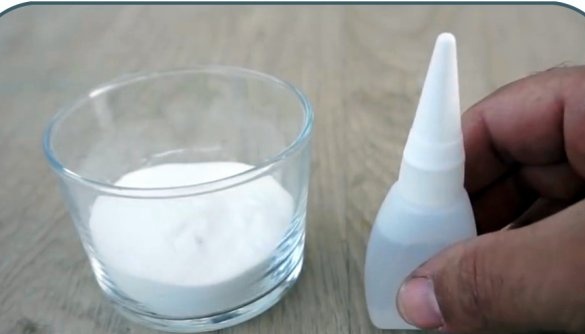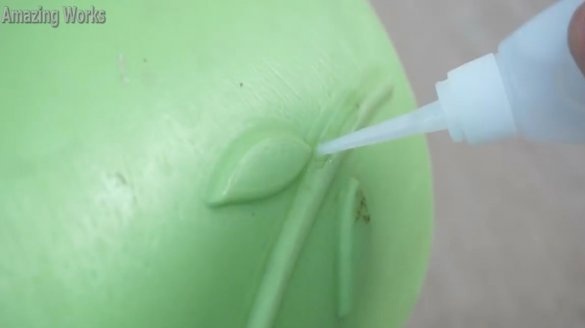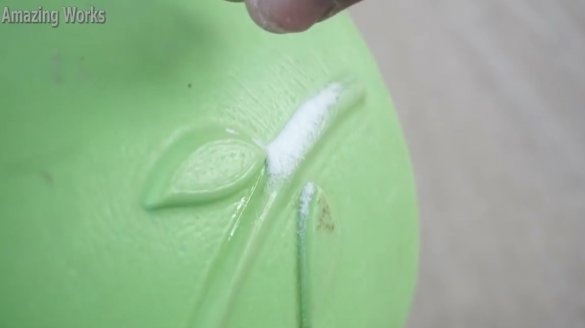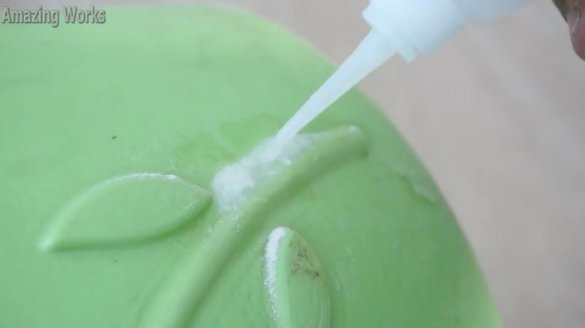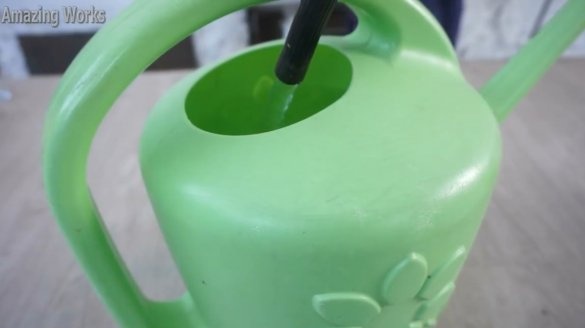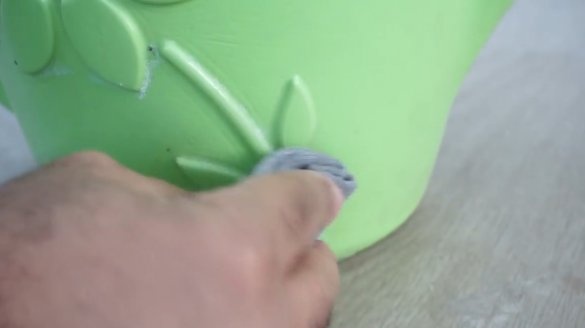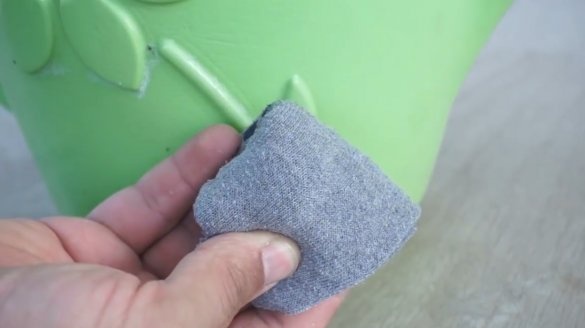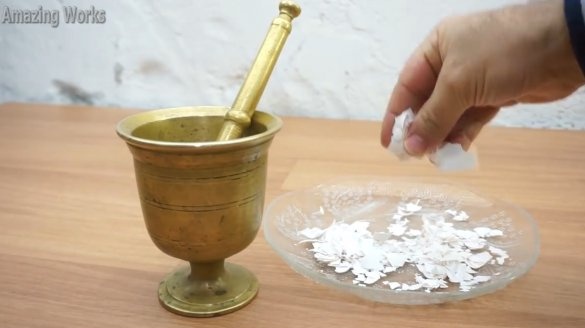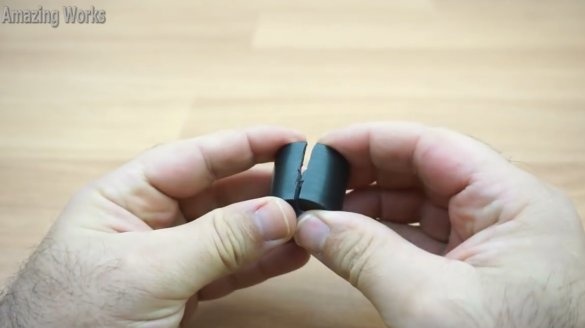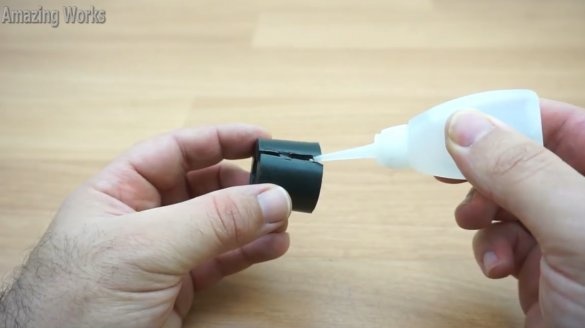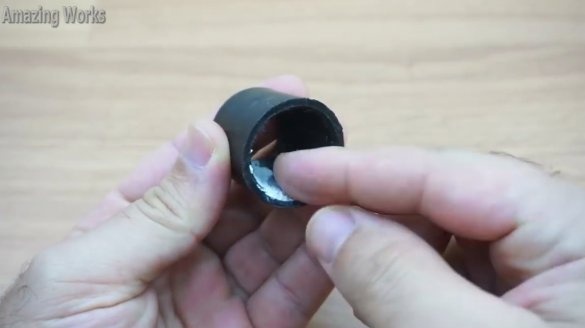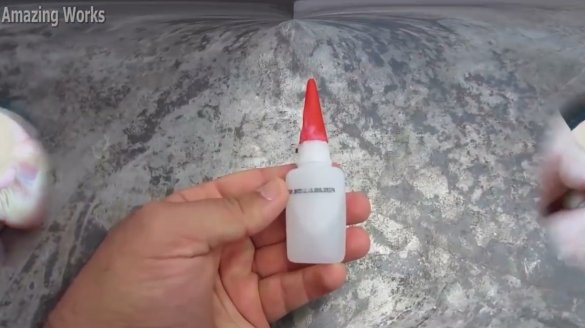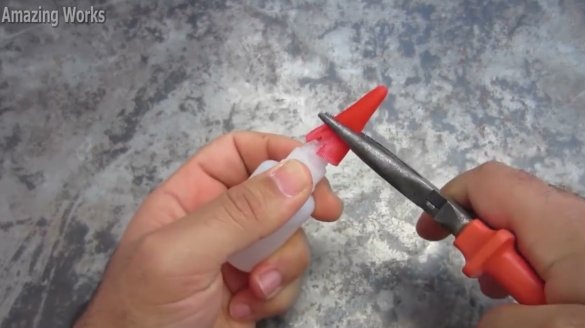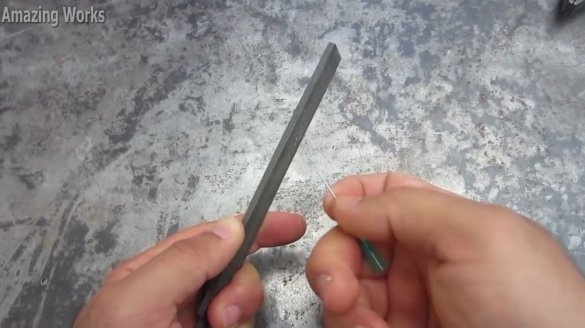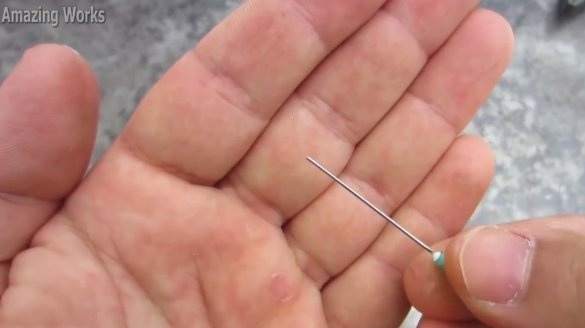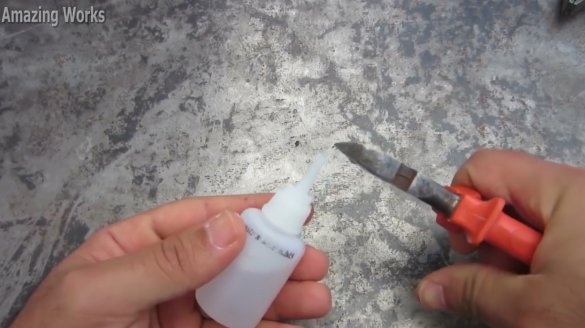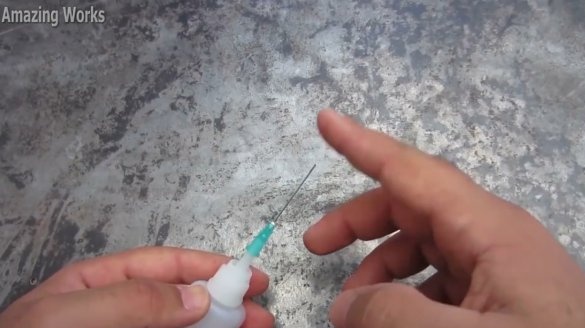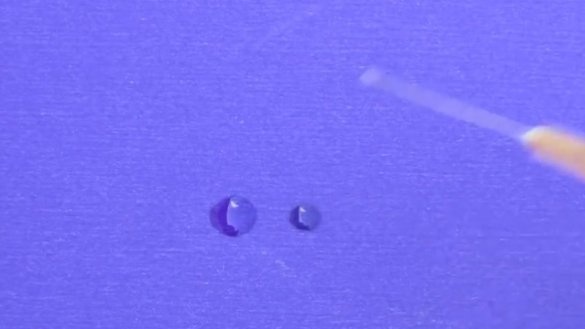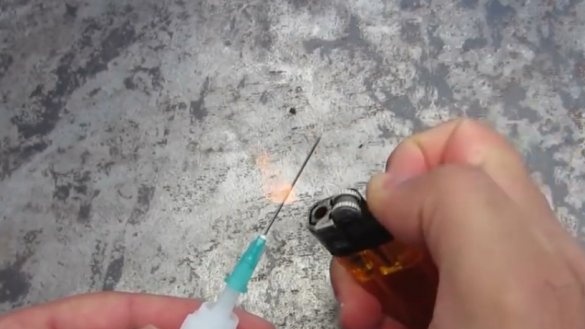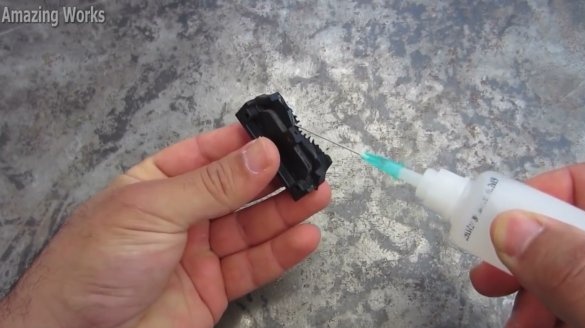Surely almost every one of you has come across such a common and indispensable “super-glue”.
In this article, the author of the YouTube channel “Mr. Amazing Works ”will tell you about some simple tips that will help you when working with it.
Materials
- Cyanoacrylate second adhesive
- Baking soda
- Eggshell
- A needle from a syringe.
Instruments, used by the author.
- File, pliers, nippers
- Lighter
- Mortar.
Application process.
Most often, such a second adhesive is cyanoacrylate, and allows you to glue broken things or parts almost instantly, however, the necessary bond strength is not always achieved.
Also, the thickness of the parts can be very small, and will not allow hermetically seal the crack. The author will show this on a bursting watering can for flowers.
The crack on the body is quite long, but the wall thickness is very small. To seal and seal the crack, the master first puts a small layer of glue, and then sprinkles it with baking soda. After that, glue is again added to the resulting mass. So the author repeats several times until the required thickness of the seam is achieved.
The glue dries very quickly, and literally in an hour you can use the container.
In the second option, the author will use ordinary egg shells instead of soda. He crushed it to a state of powder. This can be done using a coffee grinder, or manually in a mortar.
The broken part is also first glued along the seam.
And then the place of gluing is enhanced with shell powder. You can also use fine quartz sand.
Another problem with second glue occurs after prolonged storage, namely, the cap adheres to the container, and now it will be possible to use the tube only by breaking the cap itself.
The wizard offers a simple solution to this problem. He grinds off the sharp edge of the needle from the syringe on a file.
The tip of the tube is simply cut off with nippers so that a needle is put on it. The neck of the needle itself can be further glued to the tube.
Such an improvement will make it possible to apply glue even in hard-to-reach places, and it will also be much easier to control the size of a drop of glue and spend it more economically.
If the glue dries at the tip of the needle, you just need to heat it with a lighter, the glue plug will break, and you can use the glue again. Cyanoacrylate adhesive, like epoxy resin, does not like temperatures above 130 ° C, and is destroyed.
I thank the author for simple tips on working with such a second-of-ordinary adhesive that is familiar to everyone!
All good mood, good luck, and interesting ideas!
Author video can be found here.

